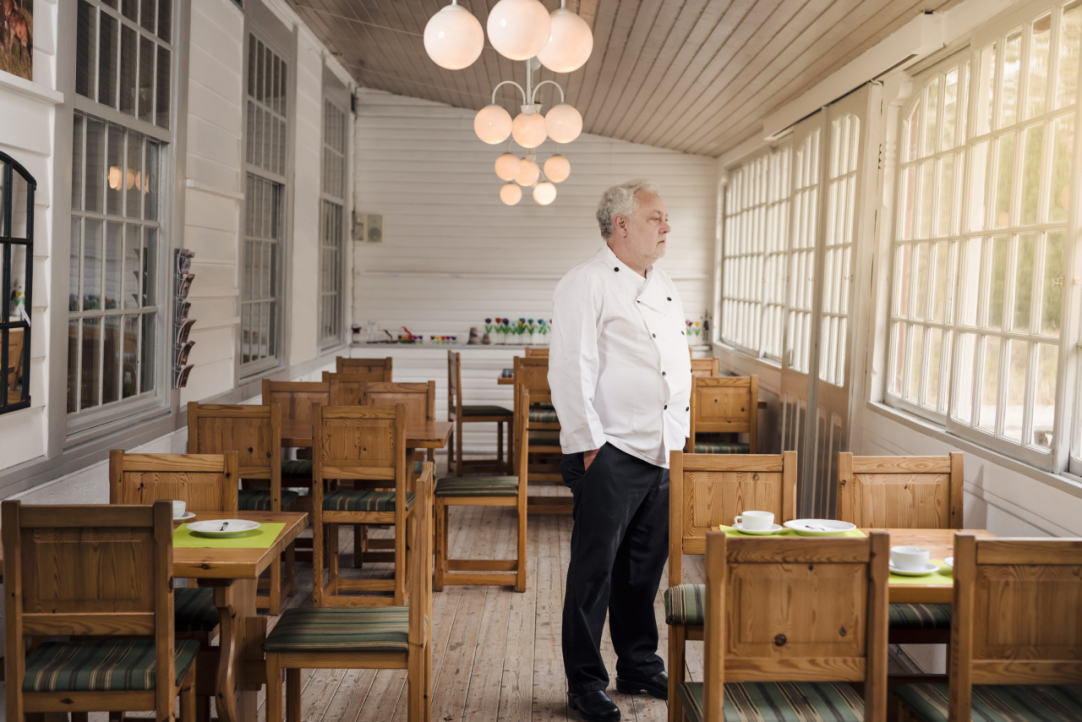The Light at the End of the Tunnel: First Signs of Economic Recovery

In June 2020, most of the leading indicators showed a major slowdown in the contraction of the global economy. In July, however, the consolidated Russia stress index dropped back down to the level of February. HSE experts explore these issues in the ninth analytical newsletter on the economic and social aftereffects of the coronavirus in Russia and the world.
In June 2020, most of the leading indicators were indicative of a major slowdown in the global economic crisis. The US showed the first signs of resumed economic growth following the easing of lockdown measures. The trend of a European economic collapse is still there, but the poll indicators inspire optimism. China has been maintaining business activity growth for the last four months. At the same time, despite the fact that many countries have introduced milder lockdown measures, external demand generally remains extremely low. The growing incidence rate in the USA, Brazil, India, and some other countries, may result in lockdown measures being reintroduced, which could hamper further global economic growth.
By the end of the week from 30th June till 6th July 2020, the consolidated indicator D-DESI (stress index) in Russia plummeted to zero. Experts from Higher School of Economics note that this happened for the first time since 8 February, i.e. for the first time in the last five months. They emphasize that the financial and commodities market indicators (including oil prices and the exchange rate) have now stabilized, and so have the real sector indicators (cargo loading on railways and power consumption); and significant liquidity is still concentrated in the Russian banking sector.
However, the experts highlight that it is still too soon to talk about leaving the crisis behind. The impact of coronavirus differs from field to field. For example, in their overview "The Effect of Coronavirus on the Russian Cargo Transportation Market", the experts point out that the pandemic’s impact on the transportation field will probably be worse than the negative effect that the wider national economy is experiencing.

The freight market was one of the first to experience challenges associated with the pandemic, even before COVID-19 restriction measures were introduced in Russia. This was due to the national transportation industry’s participation in international cargo traffic. And the introduction of quarantine measures in the country at the end of March 2020 turned out to be yet another negative factor for the Russian transportation system.
The research "Museums and visitors: new forms of interaction in the post-quarantine world" analyzes how cultural institutions will have to change their activities under the new conditions that have developed as a result of restrictions arising from COVID-19. The key results of the survey indicate that museums are ready to diversify the formats of their interaction with visitors in the post-quarantine period; they are ready to be more pro-active in looking for new ways to communicate with visitors, however, there are significant differences in their ability to adapt, depending on infrastructure and staffing constraints in museums.
Our experts also continue to study the switch to working from home. The report "Distant loyalty: a new reality" states that this experience of widespread and abrupt transition to remote working is unique for both employees and employers. They have faced a lot of challenges related to changed working conditions and have been forced to look for new ways to arrange routine work processes. According to the data presented by the experts, ‘contrary to the ideas of some employers, the format of remote work will not reduce, but improve the efficiency of employees, their engagement and loyalty to the company.’

